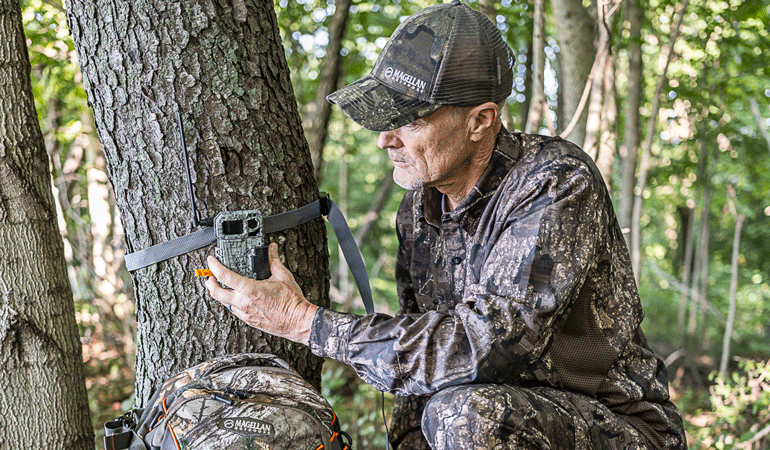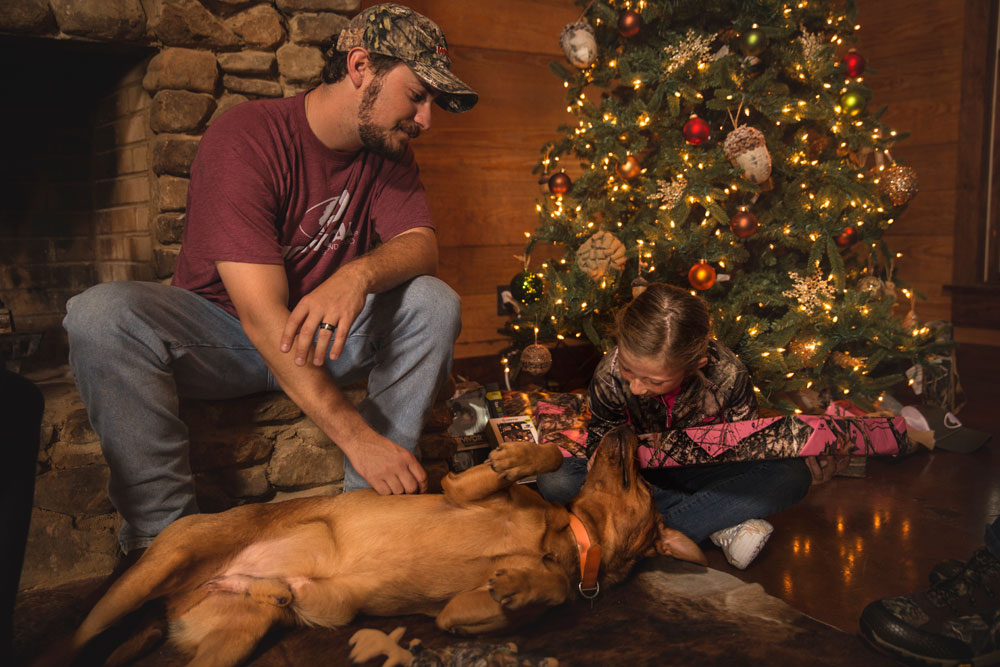Strategic Placement
Trail cameras can be powerful tools when strategically placed. To maximize their impact, hunters should consider key factors such as game trails, natural funnels, and water sources. Placing cameras along well-used paths or near waterholes increases the likelihood of capturing valuable footage. Understanding the terrain and animal behavior is crucial for optimal placement, ensuring that the camera covers areas with the highest potential for wildlife activity.

Utilize Advanced Features
Modern trail cameras come equipped with advanced features that go beyond basic image capture. Hunters should take full advantage of these capabilities to gather more comprehensive information about their hunting grounds. Time-lapse, video recording, and high-resolution images can offer valuable insights into animal behavior, helping hunters understand daily and seasonal patterns.

Regular Maintenance
To ensure consistent performance, hunters should establish a routine for trail camera maintenance. Regularly checking and cleaning cameras, adjusting settings, and replacing batteries are essential tasks. Adequate preparation before the hunting season reduces the risk of technical issues that could compromise the effectiveness of the cameras.

Data Analysis
Creating a log or database to document notable observations can be instrumental in forming a comprehensive overview of the wildlife population. By leveraging this data, hunters can make informed decisions about when and where to focus their efforts, increasing the likelihood of a successful hunt.

Discreet Installation
When installing trail cameras, hunters should prioritize discretion to minimize disturbance in the hunting area. Animals are sensitive to changes in their environment, and an intrusive camera setup can lead to altered behavior or avoidance of the area. Additionally, minimizing human scent during installation is crucial. Wearing scent-reducing clothing and gloves, and avoiding unnecessary contact with the surroundings, enhances the chances of the camera going unnoticed by the target game.

Theft Prevention Measures
Trail cameras represent a significant investment, and hunters should take measures to protect their equipment from theft. Strategically placing cameras in less accessible areas, using sturdy mounts and security cables, and even employing GPS tracking devices are effective ways to deter theft.

Adapt to Seasonal Changes
Wildlife behavior varies significantly throughout the seasons, and hunters should adapt their trail camera strategies accordingly. Understanding the specific patterns associated with each season allows hunters to focus their monitoring efforts on areas and times that are most likely to yield relevant data.

Collaborate and Share Insights with Fellow Hunters
The hunting community is a valuable resource, and collaboration among hunters can lead to collective insights that benefit everyone. Sharing trail camera data, observations, and strategies with fellow hunters fosters a sense of community and enhances the overall understanding of the local wildlife population. Online platforms, local hunting clubs, and social media provide avenues for hunters to connect and exchange information. Collaborative efforts can lead to a more comprehensive understanding of animal behavior, migration patterns, and preferred habitats. This shared knowledge ultimately benefits individual hunters and contributes to the collective wisdom of the hunting community.

In conclusion, maximizing the effectiveness of trail cameras involves a combination of strategic planning, technological utilization, regular maintenance, data analysis, discreet installation, theft prevention, adaptation to seasonal changes, and collaboration with fellow hunters. By incorporating these suggestions into their trail camera practices, hunters can elevate their ability to observe, understand, and ultimately succeed in their hunting endeavors.




Leave a comment
This site is protected by hCaptcha and the hCaptcha Privacy Policy and Terms of Service apply.